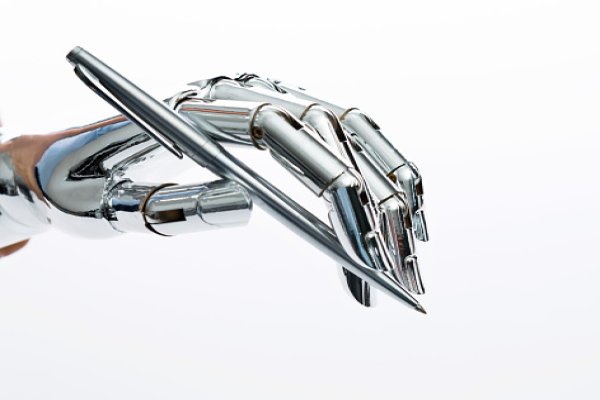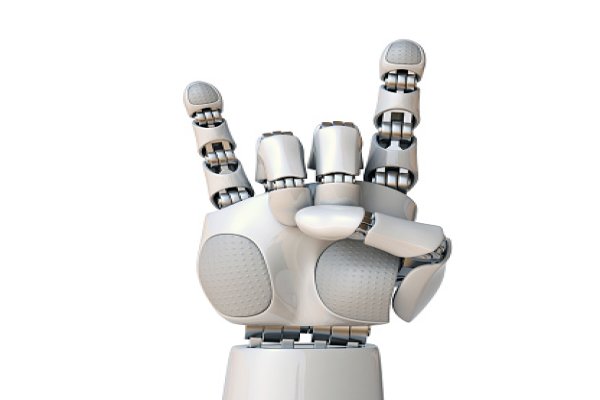With technological advancements happening at an ever-accelerating rate, artificial Intelligence (AI) is quickly becoming a more inseparable part of our everyday lives. Also known as machine learning or cognitive computing, AI has already made huge advancements in improving various tasks for computers; however, at the risk of sounding overly technical, this understanding does not encompass all aspects of what we can expect to see from advancing AI technology.
When discussing AI on a deeper level than general terms and abstract concepts, the term Artificial Narrow Intelligence (ANI) is frequently used to refer to the type of ability machines possess. Let’s explore ANI further by looking closely at its definition and purpose within the framework of AI development goals.
Interest in AI has grown exponentially with the advent of advanced tools like ChatGPT. Nevertheless, all that we’ve seen so far in terms of AI-based projects are limited to what is known as “narrow” Intelligence.
Putting exaggeration aside, we have only just begun to explore what this new technology can turn into. ChatGPT is a manifestation of limited artificial Intelligence (ANI). That is AI that has been created to complete certain tasks.
This tool results from extensive research in natural language processing (NLP). It stands out from the ongoing work to give machines human-like Intelligence, known as artificial general Intelligence (AGI), which has been pursued for a long time.
AI: Streamlining Your Options with Narrowing Down Techniques
Ray Kurzweil, a computer scientist, and futurist, used the phrase “narrow A” in his “book The Singularity is Near: When Humans Transcend Biology to refer to creating systems that act with Intelligence within particular contexts.
In contrast to humans, who possess natural intelligence, Artificial Narrow Intelligence (ANI) systems require human intervention when the context of its intended behavior has even slightly altered. Reprogramming or reconfiguring is necessary in this case.
Humans can adjust to novel objectives and conditions and utilize transfer learning to generalize knowledge from one context to another; however, this is something that machines cannot do.
ANI, sometimes called weak AI, narrow AI, limited AI, or even specialized AI, is a type of artificial Intelligence designed to carry out one or several specific tasks with high accuracy.
ANI systems are usually taught using extensive data sets, allowing them to make decisions and carry out actions based on what they have learned.
Supervised learning systems can be distinguished from unsupervised learning systems because they are trained with labeled datasets that indicate the desired output for each input data. This information allows the system to learn how to produce the appropriate output given an input.
In contrast, unsupervised learning systems are given no labels or guidance and must be trained on datasets that have not been labeled. Despite this, the system can still recognize patterns and relationships in the data.s still able to recognize patterns and relationships in the data.
Exploring The Evolution Of Artificial Neural Intelligence (ANI)
Since the 1950s, scientists have explored the potential of constructing machines that can execute intellectual operations. This was when the notion of ANI was born.
The origin of AI can be traced back to the General Problem Solver (GPS), among the first attempts to create an AI program. This was developed to solve problems that mimicked human thought processes.
The GPS may not have been a smashing success, but it set the stage for the progress of Artificial Intelligence in years to come. By the 60s, NLP (Natural Language Processing) systems such as ELIZA had already been designed and could converse with humans in simple terms.
In the 1970s, the development of AI was revolutionized by expert systems such as Dendral and MYCIN. These innovative programs could imitate human decisions and have a variety of applications in drug design and medical care. This was an important step forward for artificial Intelligence.
In the 1980s and 1990s, notable advancements in machine learning (ML) enabled further progress to create more complex ANI systems.
In 1997, a remarkable accomplishment was achieved by creating an AI system known as Deep Blue. This system beat world chess champion Garry Kasparov in a match—a match duApple’sis time.
At the beginning of the 2000s, Apple’s Siri and Google Translate were released. UtiwApple’slopedl language processing (NLP), Siri, wApple’sloped in 2011, can comprehend and answer spoken orders. On the other hand, Google Translate is a text-based NLP system that can translate from one language to another, both written and verbal.
Artificial Narrow Intelligence is a field of AI research that deals with creating systems capable of exhibiting intelligent behavior. ANI systems are typically designed to perform specific tasks and usually only have limited data access. Despite these limitations, ANI Google’scan still be very useful; for example, Google’s search engine is an ANI system that can quickly find relevant information in response to user queries.
Source: VentureBeat



